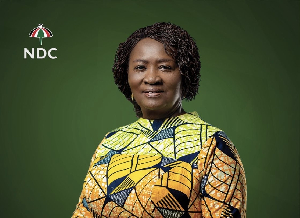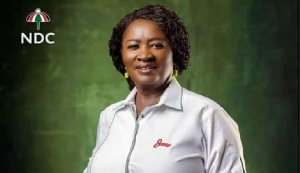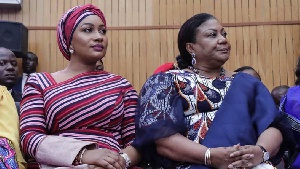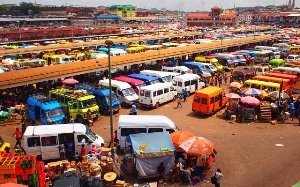The Brong Ahafo Region is a peaceful place though it is a heterogeneous region with many ethnic groups and religions, making it one of the unique locations for business, tourism and investment in Ghana, the Deputy Regional Minister, Mr Justice Samuel Adjei, ha stated.
Mr Adjei said that status was commendable because they were some areas with fewer ethnic groups and religions which experienced conflicts and tension. According to him, the lack of peace is the major source of insecurity in society, and that slows down development considerably.
He said these in an address at the inauguration of the 15-member Brong Ahafo Regional Peace Council in Sunyani last week. He underscored the need for the Regional Peace Council to use its mandate to establish schemes and evolve the necessary structures and measures to maintain, promote and improve the peace in the region in order to facilitate and accelerate development.
He noted that a society that has high level of conflicts cannot build consensus on the development programmes that could be undertaken for the common good of the people. He said, in addition, areas that suffer from insecurity have to spend huge financial resources to manage the conflict, instead of utilising the funds for development projects.
Mr Adjei said that despite the existence of peace in the region, there were some chieftaincy disputes which the Regional Peace Council and the security agencies could seek early and lasting solutions to. He believed that would improve and sustain the peace in the region to enable the citizens to go about their legitimate businesses. He appealed to the Peace Council to offer advice to the Regional Co-ordinating Council and the Regional Security Council to pre-empt and prevent conflicts.
The Brong Ahafo Regional Executive Secretary of the National Peace Council, Mr Suallah Abdallah Quandah, said that the Ministry of Interior had, since 2004 with the support of the United Nations Development Programme (UNDP) in collaboration with allied agencies, developed a National Architecture for Peace which called for pro-active arrangements for addressing potential conflicts in the country. Mr Quandah noted that the architecture envisaged the involvement of all stakeholders in peace-building. He said an Act of Parliament (Act 818, 2001) provided for the establishment of Regional and District Peace Councils, and therefore, following the inauguration of the Regional Peace Council, the District/ Municipal Peace Councils and their secretariats would be composed.
He asked the citizens to avoid conflicts over chieftaincy successions and land disputes, adding that they have the potential for explosion large-scale, protracted conflicts. He cited some of the conflicts in the region as the Nsuatre chieftaincy dispute, Berekum chieftaincy dispute and the land dispute over Dormaa Stool lands in the Sunyani municipality. The other conflicts, he stated, were political and cultural in nature. These included those in the Tano-Subin communities (Tuobodm, Tanoboase, Tanoso, Ofuman, Nchiraa, Buoyam and Subinso) involving identity with, and allegiance to, either the Techiman Traditional Council or the Asanteman Council. He said it was unfortunate that there were two rival chiefs in these areas, with each paying allegiance to either the Asantehene or Techimanhene.













